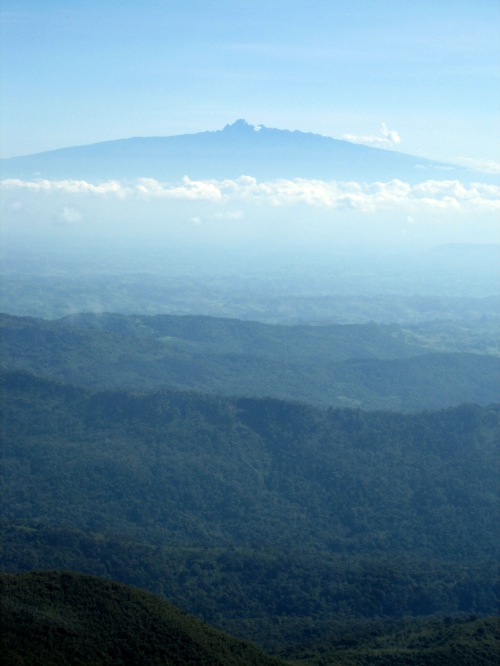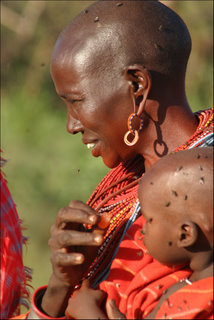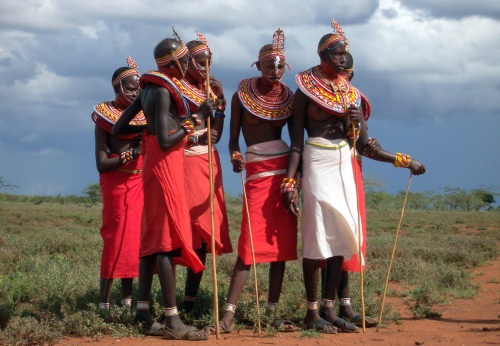Kenya lies along the Indian Ocean and is bordered by Ethiopia, Somalia, Tanzania, Uganda and Sudan. The capital city is Nairobi or “Nai-robbery” as it is affectionately known. As the population rapidly increases, the city has become ever more dangerous, with car-jackings and kidnappings an everyday occurrence; the best advice is to stay in Nairobi as little time as possible.
Kenya is best known for its wild animals, especially the “big five” of lion, elephant, buffalo, rhino and leopard; the Kenyan game reserves have been popularised by television programmes such as the Big Cat Diaries, set in the Maasai Mara. Certainly when you first visit Africa, your senses are assaulted by a myriad of strange sights, smells and sounds and the animals are truly amazing. But once you have grown bored of watching lions scoffing gazelles and crocodiles snapping up buffalo, the people of Africa emerge as a far more interesting subject; it is truly humbling to watch them smile and laugh through massive hardship and adversity.
The country is named after Mount Kenya, the second highest mountain in Africa, which also lies on the equator. The ascent of either of the summit twin towers remains a formidable rock climb at high altitude and the weather is notoriously fickle. The great Rift Valley carves through Kenya and recent fossil finds made by people such as Richard Leakey suggest that our ancestors originated from this area.
Although Kenya is a presidential democratic republic, trouble is never far from the surface with allegations of deep-rooted corruption and last year’s post-election rioting, murder and looting which made international headlines. There are strong ties between the UK and Kenya in these post-colonial times, indeed it has become a popular tourist destination and most of Marks and Spencer’s vegetables are grown in the lush fields under Mount Kenya!
The straight lines delineating African countries were imposed by colonialists and bear no resemblance to the many different tribal boundaries within each nation. The Kikuyu tribe dominate Kenya but there are many other tribes represented, many of which are small in number and far away from the skyscrapers of Nairobi, such as the Samburu tribe.

Mt Kenya, after which the country is named, is an old volcano and stands at over 15,000 feet
Read Full Post »











